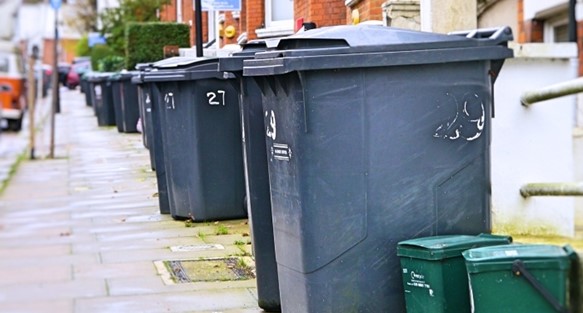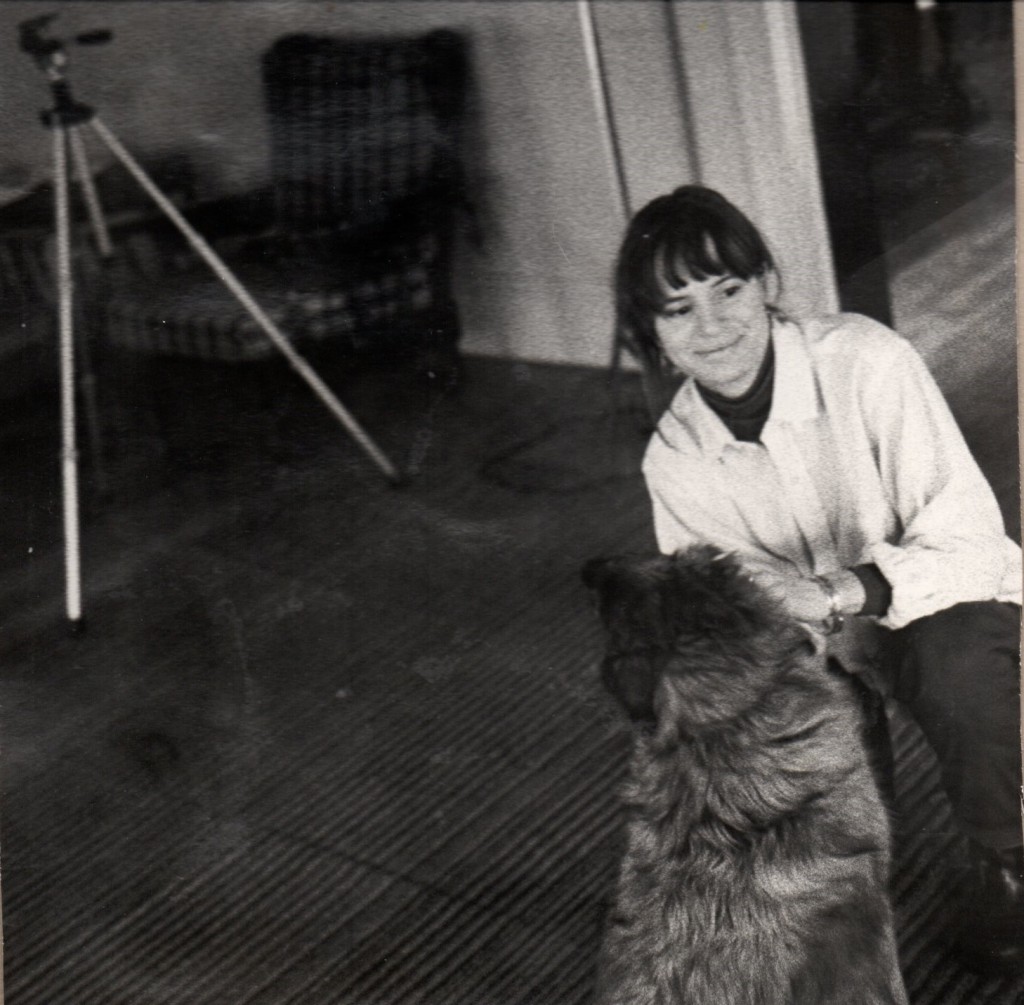Kay stores her old negatives in sleeves like these. There is a deep stack of them in a cardboard box together with some contact sheets. The box is heavy. She has transported it from one place to another, across nations and oceans, for more than thirty years.

One winter’s day, she opens the box, removes the stack of negatives in their sleeves, and carries the whole pile in her arms to the tall wheelie bin outside her front door in north London. She must place the negatives on the ground before she can raise the bin lid. Then she lifts her burden one last time and drops it in one fell swoop to the distant floor of the bin. There is a reason. Kay is moving to a smaller flat. She must shed possessions. Yet there is something capricious about this choice to shed the negatives. Something heartsore. There are other possibilities, not least of which is the box (equally heavy and space-consuming) of old black and white prints taken from many of those negatives. Aren’t the prints the safer choice if she is determined to make a choice? Surely, no archivist would act against the negatives rather than the prints.

So why does Kay toss the negatives rather than the positives, the prints? It’s reckless and counter-intuitive, this deliberate ‘orphaning’ of each surviving print, burdening it with an authority it can never deliver. If she would only save the negatives, she might produce any number of future children from the celluloid mother. Kay is not the first to turn to metaphors of family. Kaja Silverman has described two prints from a single negative as “siblings, not identical twins.” And each subsequent print, Silverman notes, turns “on variations so slight.” Kay, who has loved the darkroom more than most other rooms, knows this only too well. Time and time again, she trusted her understanding of a negative and what it might deliver right up to the first print and then the next ones, each destabilizing such false fixity of understanding.
The negative grows more enigmatic with each print, and each print questions the previous one. The slow emergence of the image on light-sensitive paper as watched over in the developer tray, faint then darkening, haunts the negative with ideas the negative never knew it possessed. Steeped in history, the negative, Silverman writes, “moves through time, in search of other kin”. It teaches us the lesson of difference. Try to create or replicate a particular effect and something ‘other’ comes. The darkroom and all its processes resist human handling yet seem to desire our presence. Kay was always happier printing in that room than parading about the real world with her camera. Of course, she could not experience one without the other. But it seemed the real world came to her most vividly and urgently when she printed. So, she grew to love prints more than negatives. So much so, that she has just made an aberrant choice between them.
Now she stares down to where the ill-fated, silvery sleeves stare back at her from far below, illuminating the long darkness of the bin. Kay shuts the lid and runs indoors to get warm. Like that, her negatives will turn into London waste. During the days that follow, Kay repeatedly lifts the bin lid to check on the negatives, as though she is waiting for them to speak or beg or change or die. The sleeves have not moved or made a sound. She glances up and down the street, then reaches as far into the bin as her arm will go. The heap lies just beyond her reach. Perhaps she wants to touch the negatives one last time. Or perhaps she is close to changing her mind, close enough to begin calculating how a person might turn such a heavy bin upside down or locate a device for lifting the sleeves from the bottom.
One night, coming home late from town, Kay pauses beside the bin for a long time. There is moonlight shining through a thin layer of cloud. Not many stars in the London sky. A loneliness has flown in from somewhere far away and long ago that she cannot identify. Where is that place that once was not lonely but now makes her feel so? She places her hand on top of the bin but does not open it. She returns to the house, locking the door behind her. Early the next morning, the bin men come with their big truck trundling behind them. Kay stays in bed, covers pulled over her head to muffle the sounds of bin wheels on the pavement, the bangs and thuds of disposal, and the men’s voices as north London conducts its business then moves away.

It’s the end of the affair. Kay doesn’t cry about it. But she regrets it, and soon. The reader may find it ridiculous that Kay should think of photography as her youthful love affair. The reader knows that jokes have been made about young girls and photography. Yet photography brought Kay her first bout of lovesickness. It made her giddy, made her shy, made her brave, and made her foolish. Sometimes, she could not sleep at night for musing on photography, and when sleep finally came, she dreamed about it. Yes, she left it a few times while chasing some other lover, but always came back for more. Everywhere she looked – the world with its open spaces, buildings, everyday objects, and the faces she thought she knew – all of these, she saw with an eye that was lens and framing, focus and blur, stillness and movement, an eye wide open and eager to let it all in, let her in, let it change her. She loved photography because it made her love the world. She closed herself into the darkroom because it was there that she opened herself.
The negatives are gone. There will be no more prints. She adds the memory of her first love to the regrets that regretful people tend to accumulate throughout life. Yes now, we rather think that Mr. Dylan wrote a few lines for Kay and the day she tossed away the old negatives:
Once I had mountains in the palm of my hand
And rivers that ran through every day
I must have been mad
I never knew what I had
Until I threw it all away
Kay has not been in a darkroom for years. New worlds have become harder to sense. Kay too, is fading. She recalls, with longing, a line by Rilke capturing his fraught self and his fraught relationship with Paris and urban modernity: “Paris this time was just as I had promised it to myself, difficult. And I seem to myself like a photographic plate which is exposed too long, in that I still lie open to what is here, this powerful influence.”
This, Kay thinks, is what I now must fight harder to preserve. This love of difficulty as the world presses all around me.
Kaja Silverman, The Miracle of Analogy, 2015.
Rilke, Letters of Rainer Maria Rilke, 1910-1926.
Bob Dylan, I Threw it All Away, 1969.
Leave a comment